Why do you give an espresso a cup of water? what kind of cup should you use to drink it correctly?
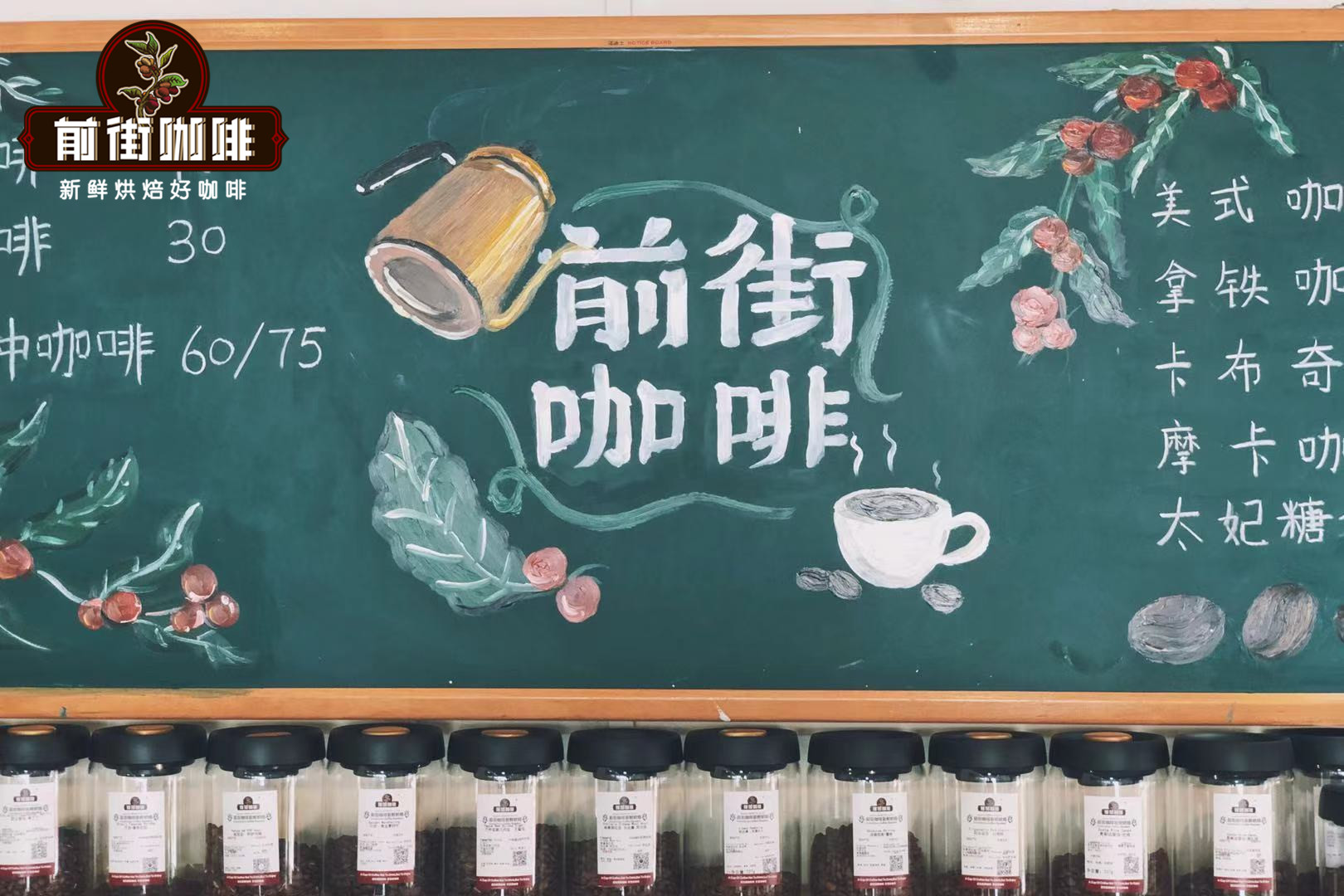
Those who often read Qianjie articles and have been to Qianjie stores know that the latte in Qianjie has a wine flavor because the Italian coffee beans used in Qianjie stores are carefully designed. When I learned that the espresso in front of the street is characterized by alcoholic flavor, there are friends who are itching and want to taste the espresso in front of the street.
Many friends who taste espresso for the first time may be surprised that baristas only use a very heavy cup with a capacity of about 50 milliliters. Friends may immediately think: why so few? Are you looking down on me?
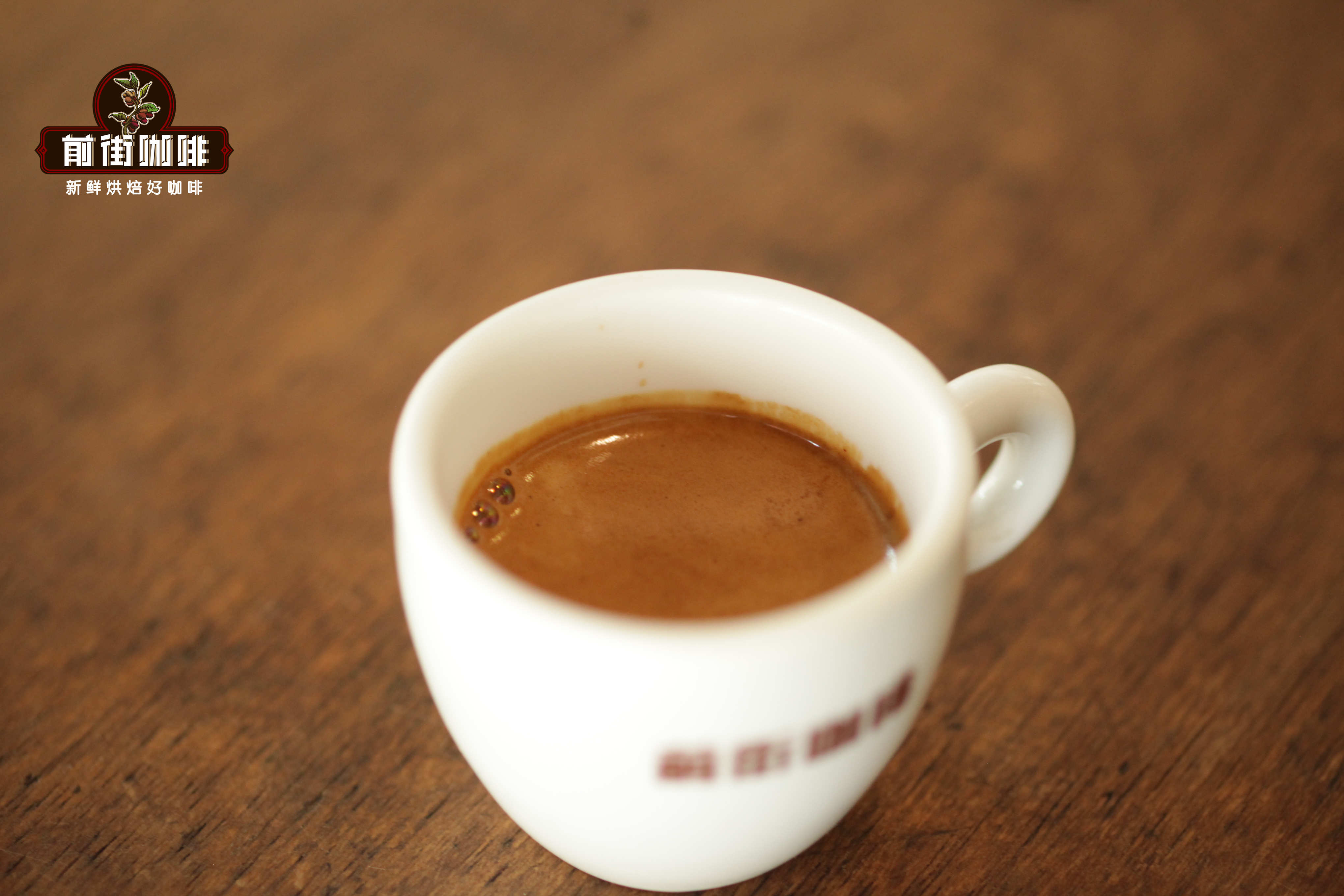
Qianjie Coffee here just wants to say: there is really no such idea!
Careful friends will also find that Qianjie will be equipped with a cup of ice water when producing espresso. Why is there ice water? How would you like your espresso? Let's talk about espresso on the front street.
It is well known that cappuccino, latte and American coffee are all based on espresso and dilute the espresso with more milk or water. That means it's just espresso. The flavor of the coffee is so rich and concentrated that it can be difficult for many people to accept.
The reason for this phenomenon is related to the method of making espresso. Since Faema launched the world's first semi-automatic espresso machine Faema E61 in 1961, various parameters such as extraction pressure and time for making espresso have been arbitrarily controlled. Since then, the extraction pressure of espresso is 9bar and the water temperature is about 93 degrees Celsius. Italian coffee beans are generally roasted to the extent of deep roasting. With such high pressure and high temperature, the espresso liquid is naturally full-bodied and sticky.
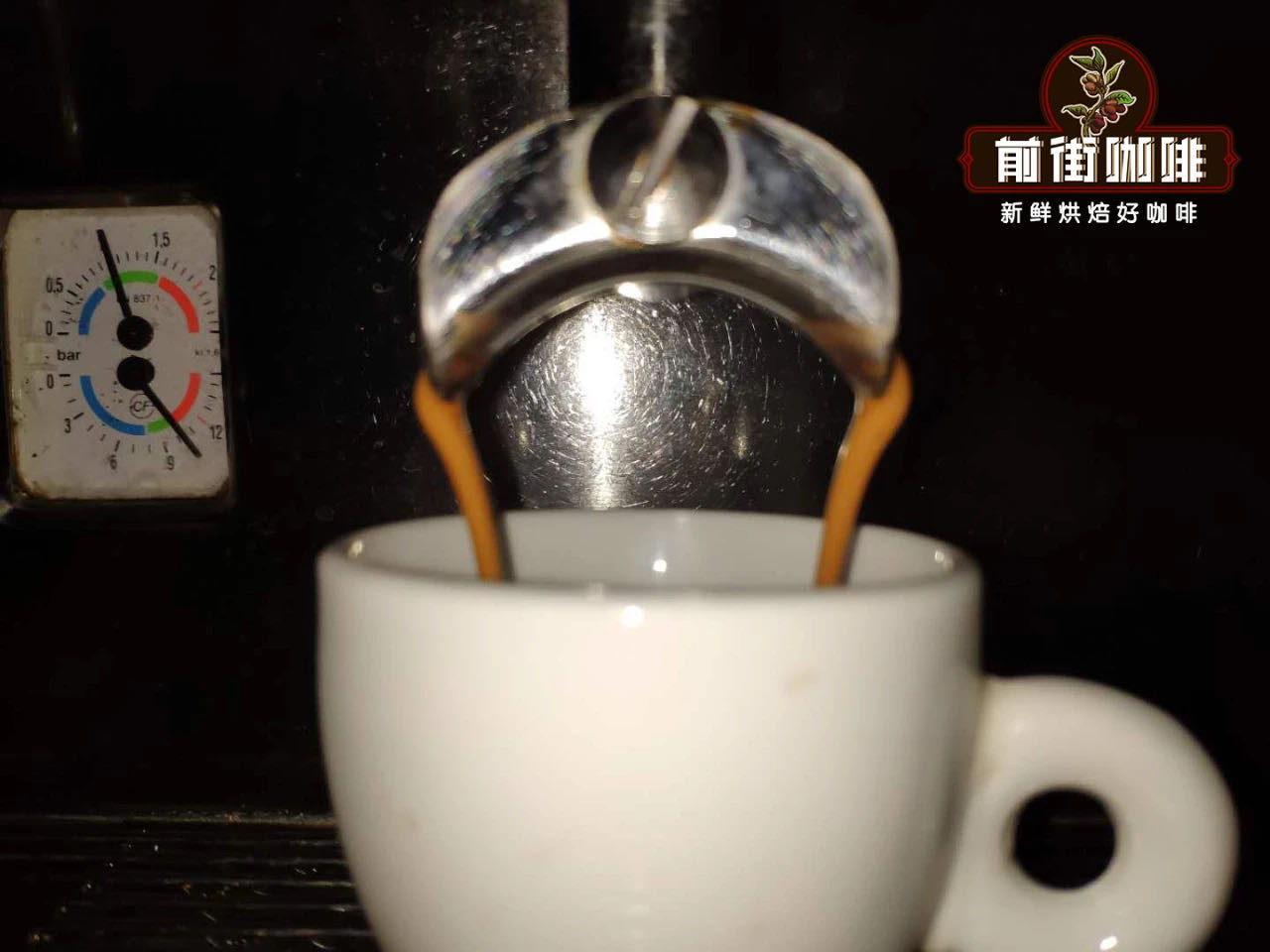
No matter which cafe you are in, as long as you order espresso, it is usually produced with a cup of ice water and a small spoon. The purpose of this glass of ice water is to clean your mouth, remove miscellaneous odors, enhance your senses and better feel the flavor and taste of espresso before tasting it. The small spoon allows you to stir the coffee well or to observe the state of the espresso before tasting it. Of course, you can also choose not to stir and enjoy the different tactile sensation of the tongue from the top creama to the bottom. After tasting it, you can rinse your mouth with a sip of water to better experience the sweetness of coffee.
To extract a qualified espresso, there are many important factors, including powder amount, extraction amount, grinding degree, extraction rate, time, extraction pressure and so on.
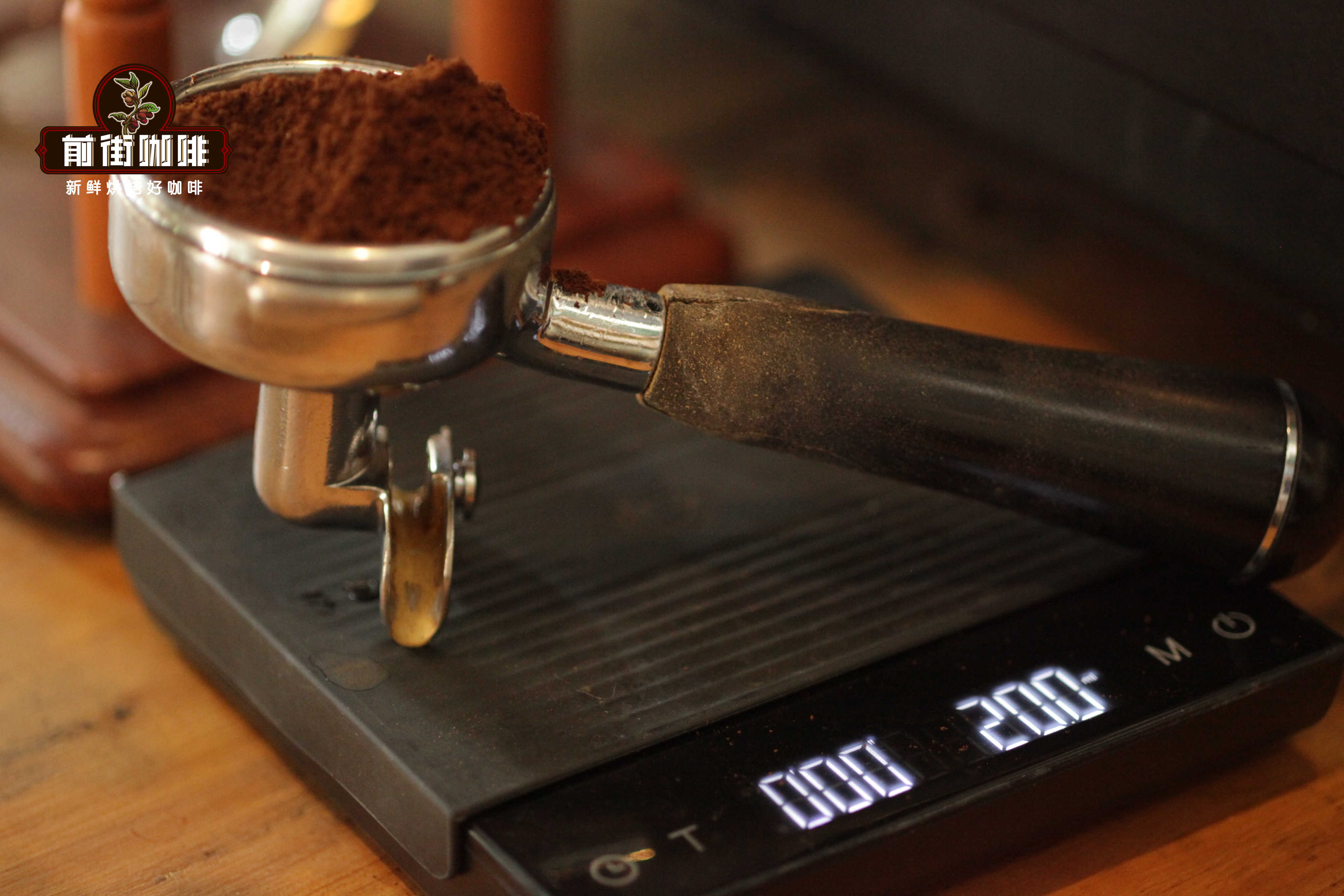
[powder quantity] generally based on the capacity of the powder bowl, the size of the powder bowl in Qianjie is 20 grams. If too much may cause the cooking handle to be unable to buckle the cooking head and even cause the pressure to burst; too little may cause uneven extraction.
[amount of extraction] generally speaking, the powder-to-liquid ratio is about 1:2, that is, 40 grams of espresso liquid is extracted with 20 grams of powder.
[grindability] when the degree of grinding is finer, the particle size of coffee powder is smaller, the contact with water is more adequate, and the more substances extracted at the same time, it may cause over-extraction; vice versa. Therefore, the appropriate degree of grinding is very important.
[extraction rate] the liquid flow obtained from the normal extraction rate is as thick as caramel. If the flow rate is too fast, it will not be able to fully extract the soluble substances of coffee, resulting in a light aroma and a thin taste like water; if the flow rate is too slow, it will cause excessive concentration or even over-extraction.
[time] Coffee will dissolve more and more soluble substances over time, which may include substances such as bitterness.
[pressure] the ideal pressure is about 9 bar. If the pressure is too low, the extracted oil will be less, and the flavor and taste will be inferior; if the pressure is too high, the coffee tissue will be destroyed too much, and the strong water and coffee powder will carry out strenuous exercise, so that the extraction rate of insoluble substances will be increased, and the bitterness will be obvious.
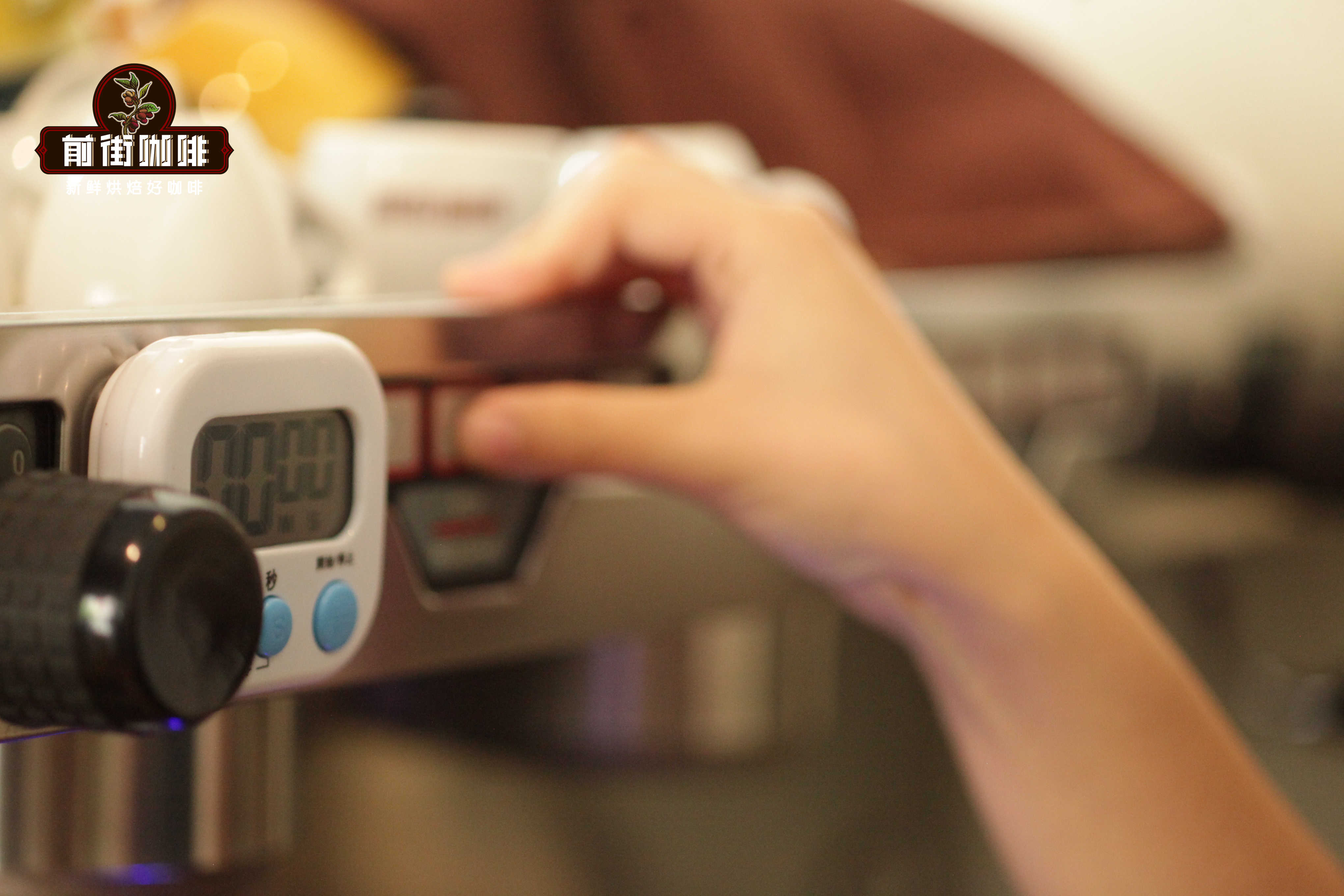
The production method of Qianjie Coffee Italian espresso
Coffee maker: Pegasus E98
Pressure: 9 bar ±2
Temperature: 90.5 ~ 96 °C
Time: 20: 30 sec
Ratio of powder to water: 1. 7: 1. 1: 2.
Powder content: 12g (single espresso) 20g (double espresso)
Extraction concentration: 20ml (single part) 40ml (double part)
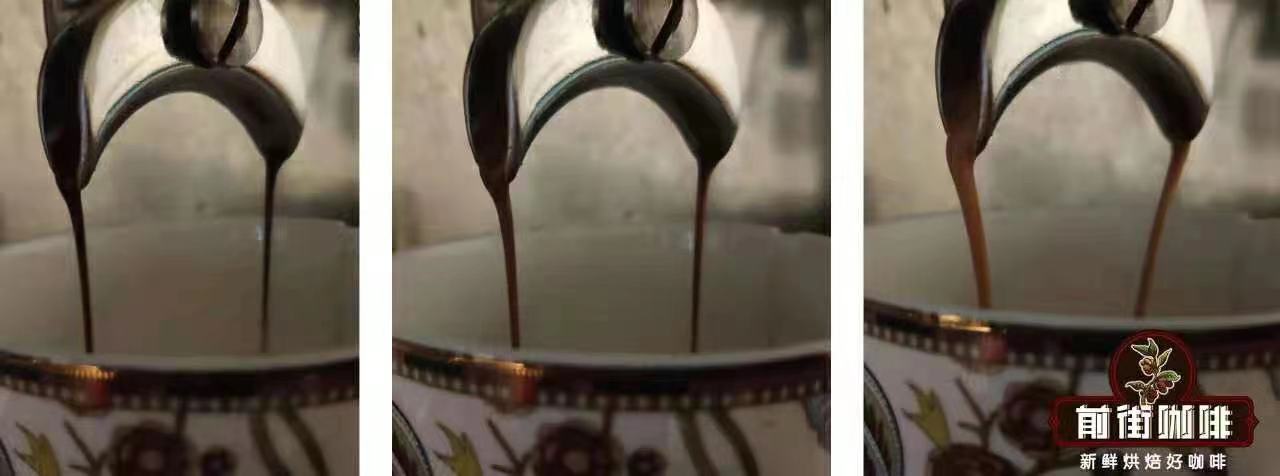
Qianjie Coffee uses sunflowers and beans when making espresso. This matching bean is made from 70% of Honduran sherry and 30% of Ethiopian sun-red cherries.
Among them, 70% of the Honduran sherry coffee beans are fermented in sherry whisky barrels, providing a strong flavor of whisky and vanilla, cream and chocolate for the final product. 30% of Ethiopian sun-tanned cherries provide sour berries and fruit aromas.
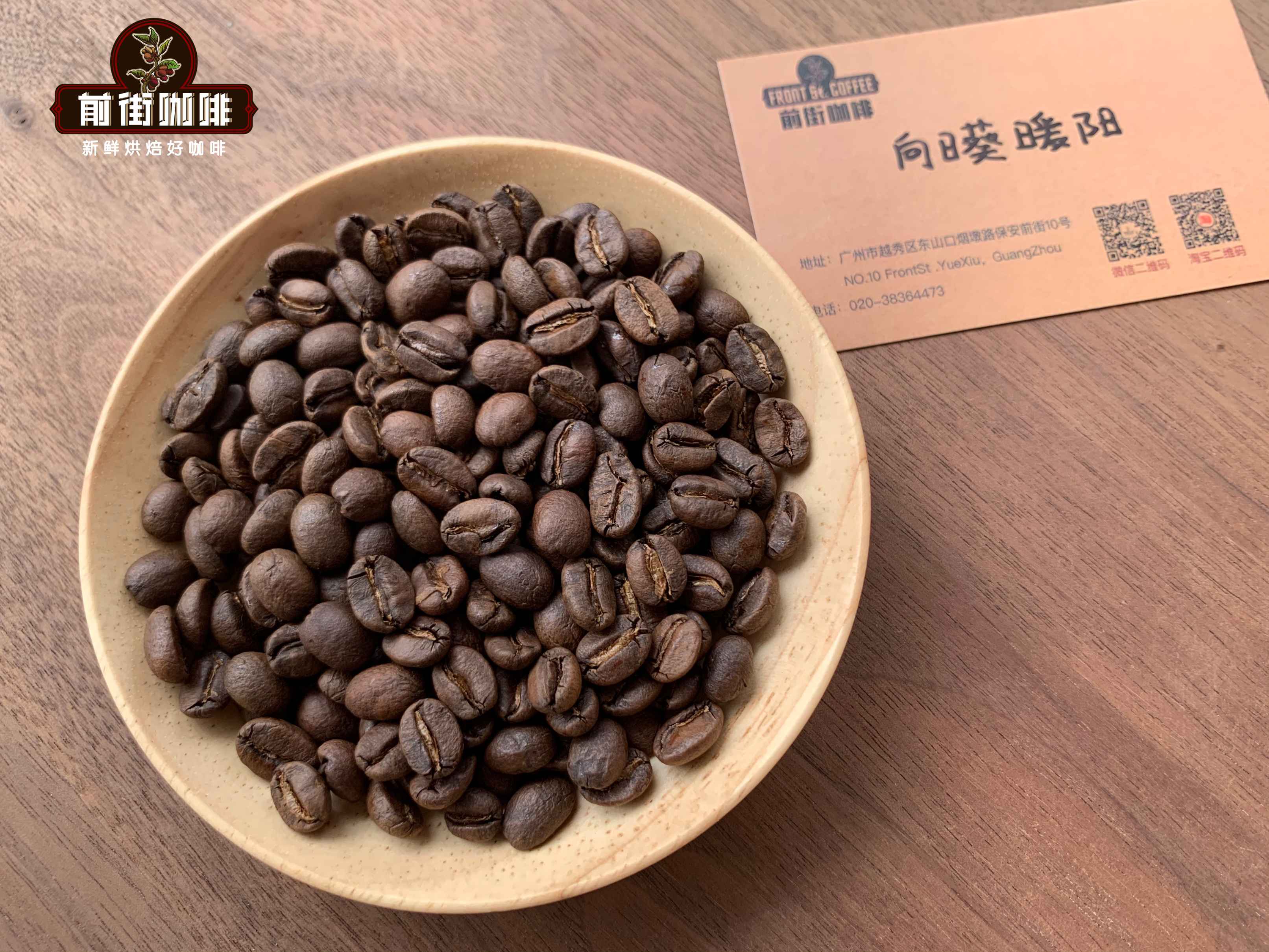
Qianjie Coffee Sunflower with Coffee beans
Producing area: Honduras & Ethiopia
Varieties: Kaddura, Kaduai, Pacas, native species
Treatment: washing and insolation
The espresso flavor of Qianjie Coffee is characterized by obvious acidity, a hint of berries, rich aromas of wine and chocolate, and a comfortable finish.
If you don't like the flavor of the wine, Qianjie has also developed three Italian coffee beans for everyone to choose from.
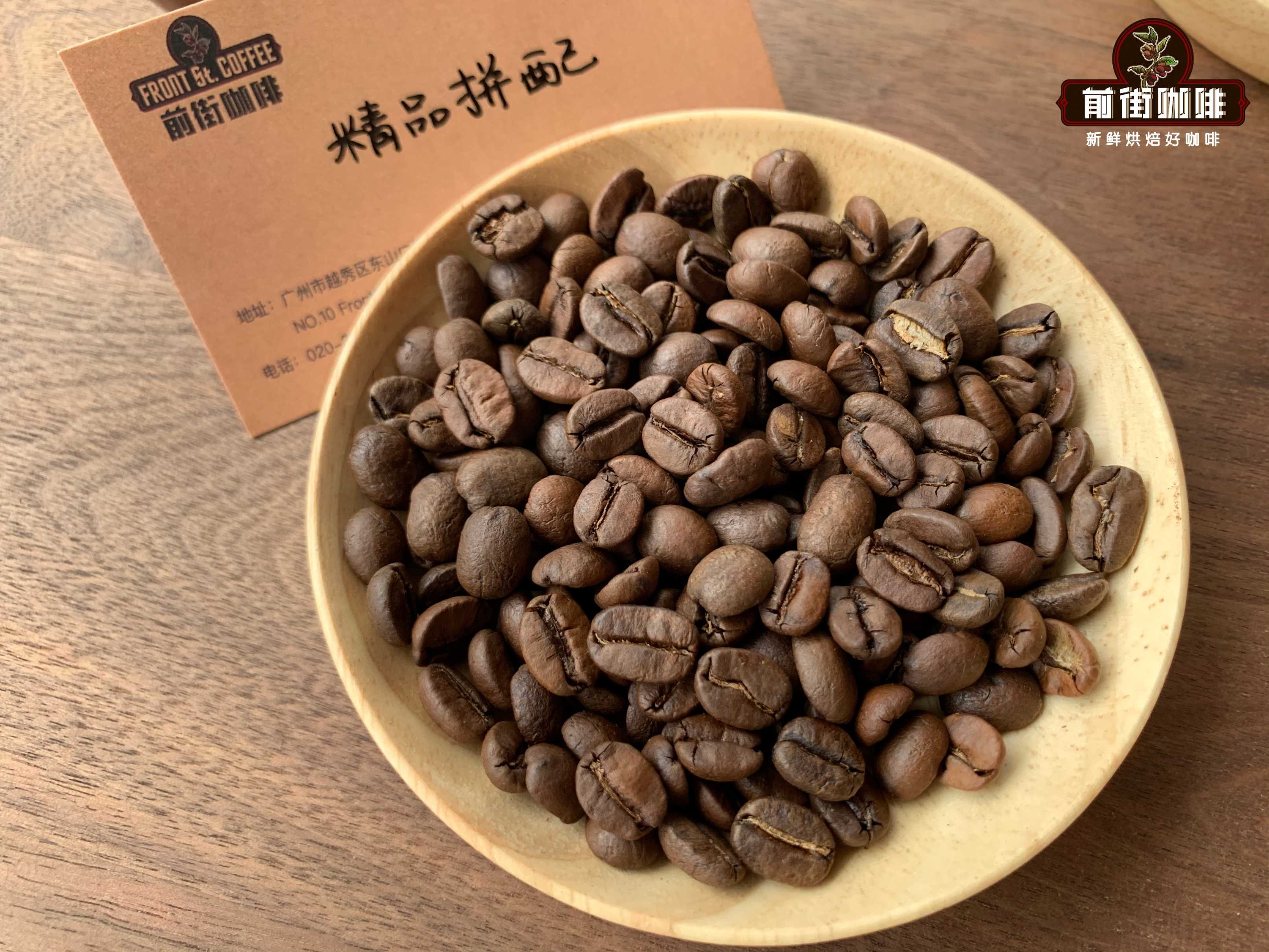
Qianjie Coffee with Coffee beans
Producing area: 30% Colombia & 70% Brazil
Variety: Arabica
Treatment method: washing treatment method
Qianjie this boutique with nut, chocolate flavor as the main tone, soft and weak sour taste, sweet and sweet nuts.
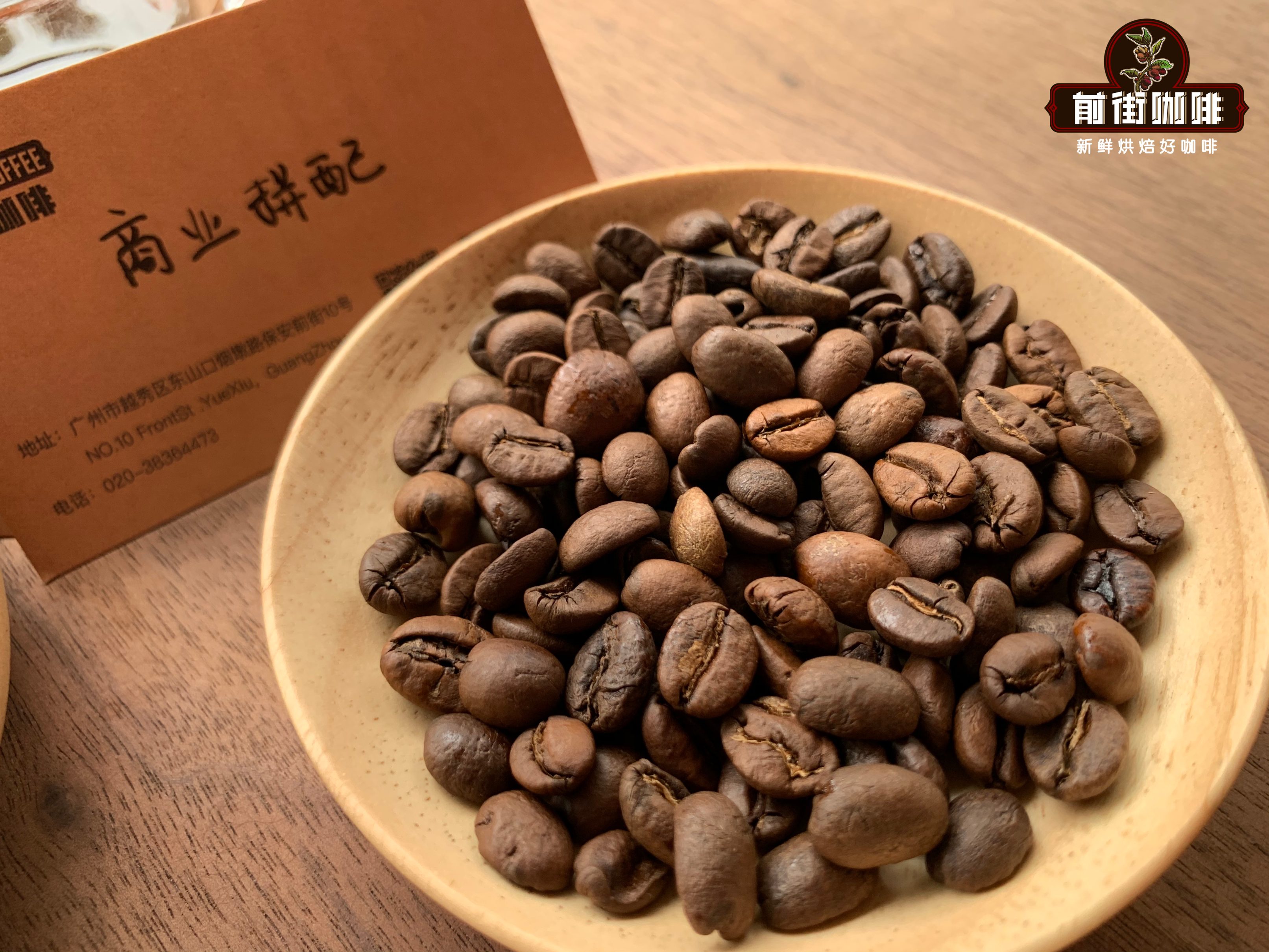
Commercial blending of coffee beans on Qianjie Coffee
Producing area: 30% Colombia & 60 Brazil & 10% Robusta
Variety: Arabica & Robusta
Treatment method: washing treatment method
This commercial matching bean on Qianjie has the sweetness of caramel, the flavor of nut and cocoa and dark chocolate, the balance of sweet and sour, a little bittersweet due to the blending of Robbosa beans, long-lasting finish and rich oil.
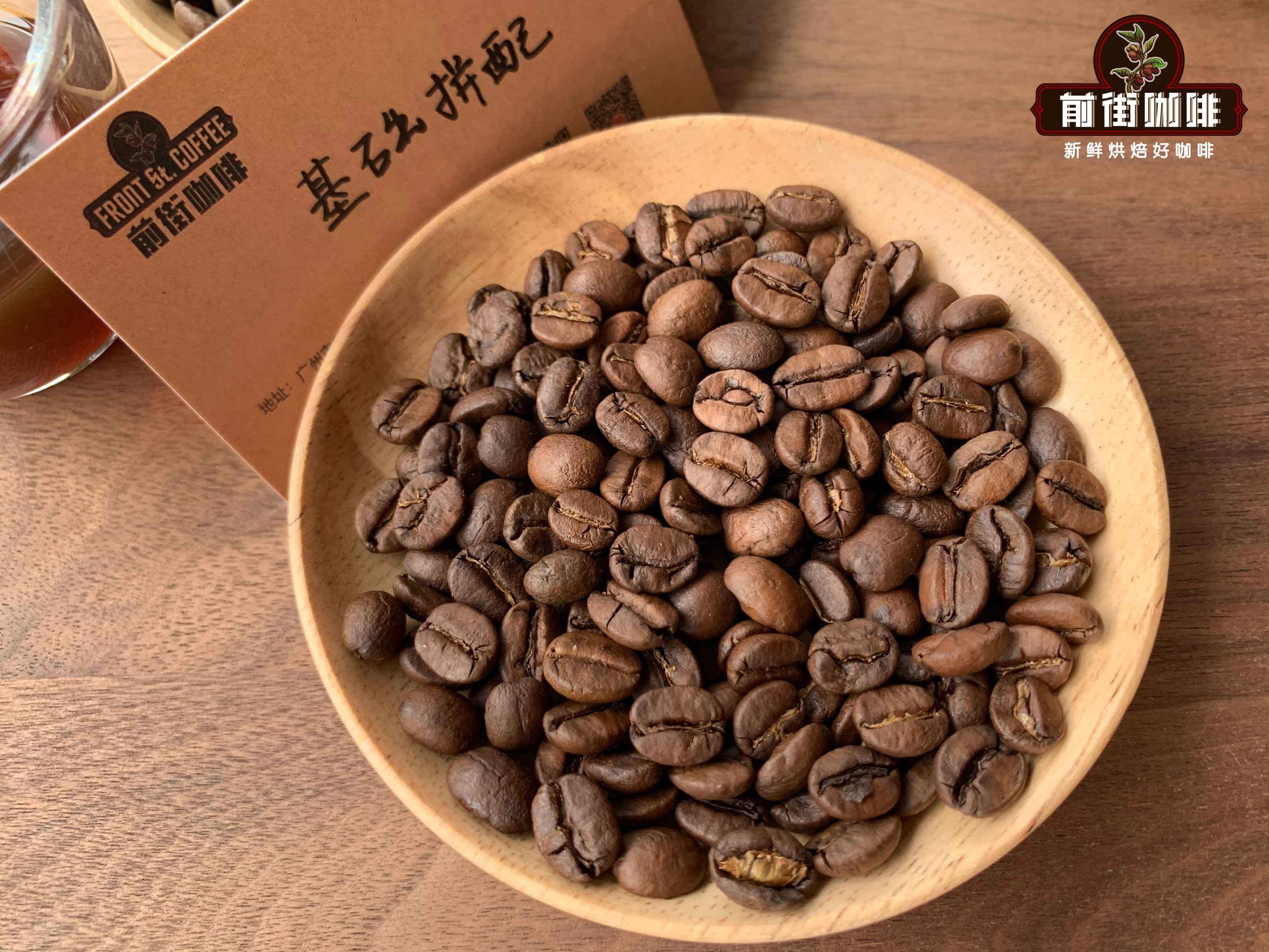
Qianjie Coffee with Coffee beans
Producing area: 30% Yunnan & 70% Brazil
Variety: Arabica
Treatment method: washing treatment method
Qianjie this basic mix with soft fruit acid, caramel sweetness, nutty, dark chocolate flavor, smooth and sticky, but light taste.
For more information about coffee beans, please follow the coffee workshop (Wechat official account cafe_style) and exchange professional coffee knowledge. Please add Wechat account kaixinguoguo0925.
Important Notice :
前街咖啡 FrontStreet Coffee has moved to new addredd:
FrontStreet Coffee Address: 315,Donghua East Road,GuangZhou
Tel:020 38364473
- Prev
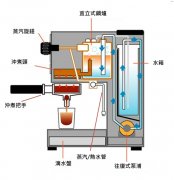
Home espresso machine structure and principle How is espresso made?
Professional coffee knowledge exchange More coffee bean information Please pay attention to coffee workshop (Weixin Official Accounts cafe_style) Espresso coffee extraction detailed steps Italian concentrated common sense saying that the origin of the Expresso coffee machine (Espresso Italian means fast), can be traced back to 1901, by the Italian manufacturer owner (Luigi Bezzera) in order to reduce the number of employees cooking
- Next
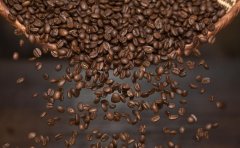
How do you make espresso? Why do espresso use deep-roasted beans?
Professional coffee knowledge exchange more coffee bean information please follow the coffee workshop (Wechat official account cafe_style) Espresso coffee extraction detailed steps Italian concentrated common sense to taste coffee, starting with the understanding of coffee. The encounter with hand-brewed coffee more than 20 years ago made Shen Tingxian plunge into the field of coffee, from tasting, hand-washing to baking beans, and from laymen to the present.
Related
- Beginners will see the "Coffee pull flower" guide!
- What is the difference between ice blog purified milk and ordinary milk coffee?
- Why is the Philippines the largest producer of crops in Liberia?
- For coffee extraction, should the fine powder be retained?
- How does extracted espresso fill pressed powder? How much strength does it take to press the powder?
- How to make jasmine cold extract coffee? Is the jasmine + latte good?
- Will this little toy really make the coffee taste better? How does Lily Drip affect coffee extraction?
- Will the action of slapping the filter cup also affect coffee extraction?
- What's the difference between powder-to-water ratio and powder-to-liquid ratio?
- What is the Ethiopian local species? What does it have to do with Heirloom native species?

